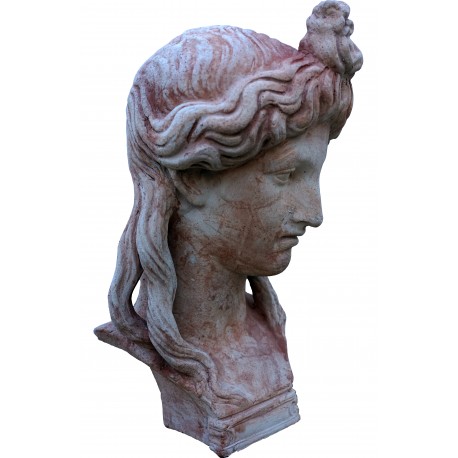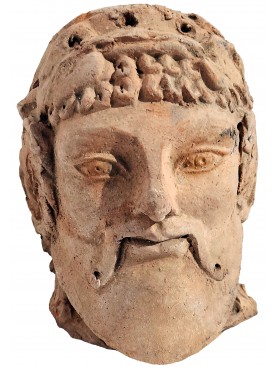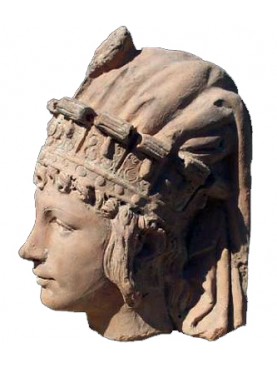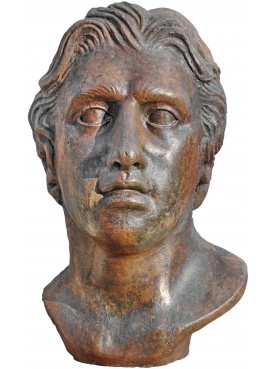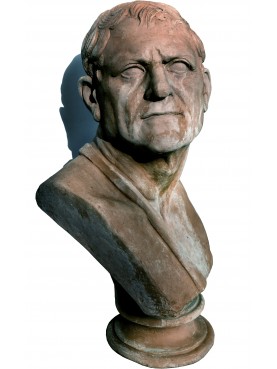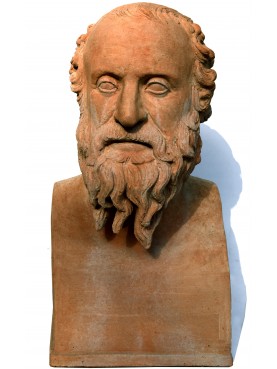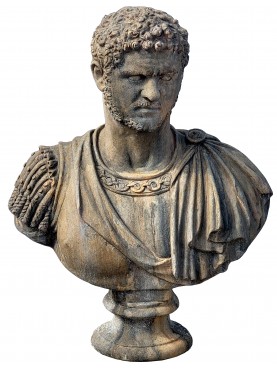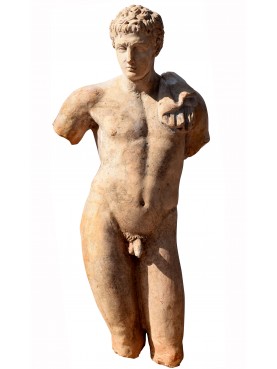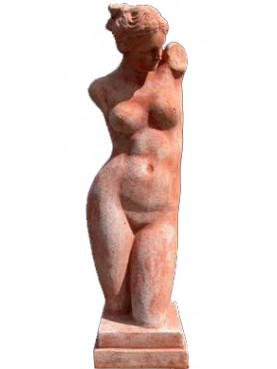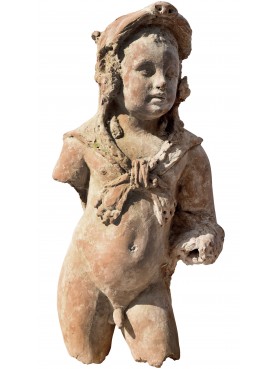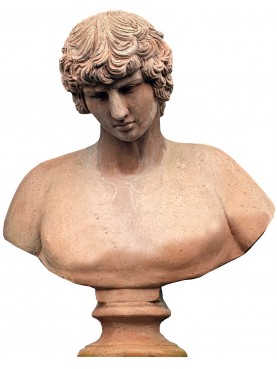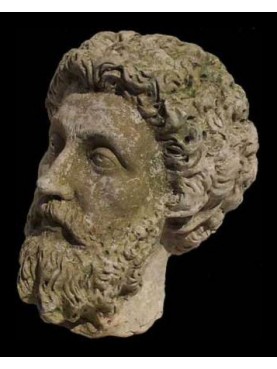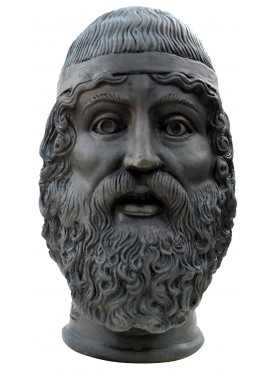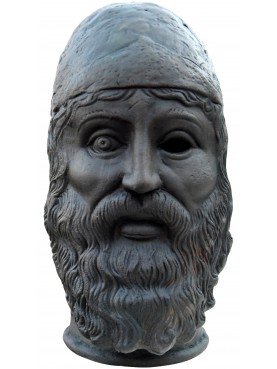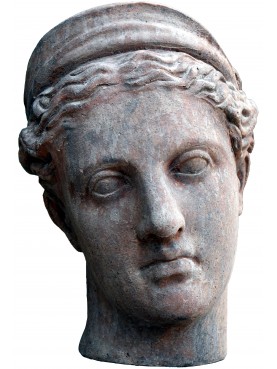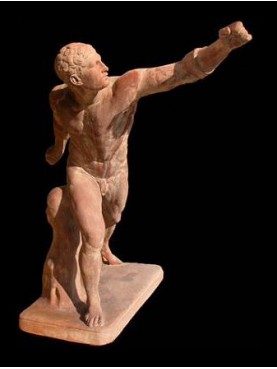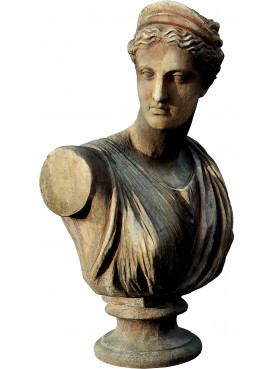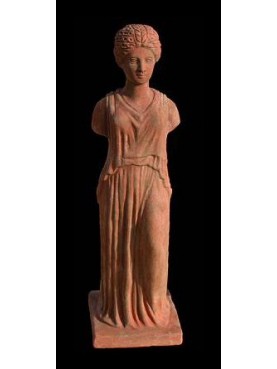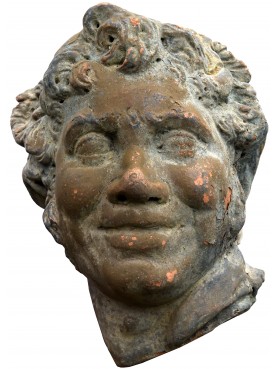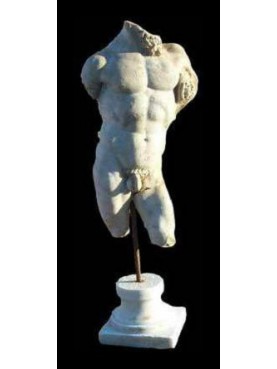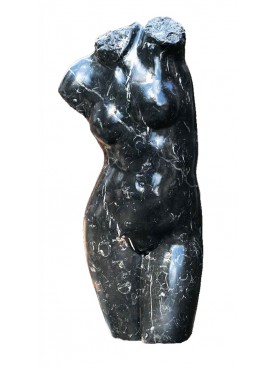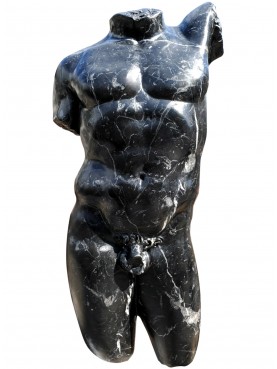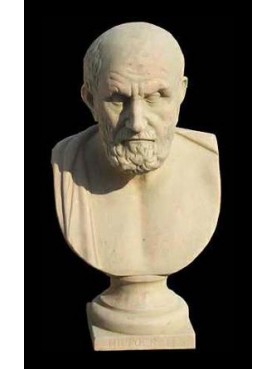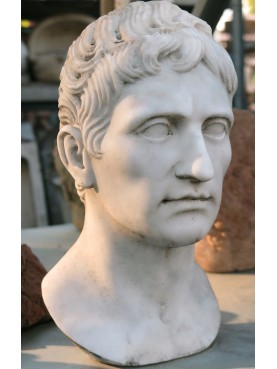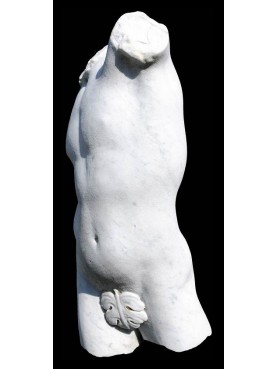Terracotta head of isis from the Greco-Roman world
Terracotta head of isis from the Greco-Roman world
14662
New
2 Available
Data sheet
| Height | 11.02 in | 28 cm |
| Width | 7.09 in | 18 cm |
| Depth | 8.66 in | 22 cm |
| Weight | 26.46 lbs | 12 Kg |
| Includes museum base | 5.51 in X 5.51 in X 5.51 in | 14 X 14 X 14 cm |
| Manufacturing | Recuperando srl | |
| Material | Terracotta |
More info
The conquest of Alexander the Great in the late 4th century BC it led to the creation of Hellenistic kingdoms on the Mediterranean and in the near east, including Ptolemaic Egypt, and brought the Greek religion into close contact with the original religions of those kingdoms. The resulting spread of cultures allowed many religious traditions to spread throughout the Hellenistic world over the course of the last three centuries BC. Before that, cults linked to a particular city or nation were the norm in the ancient world. The new mobile cults, which included those of Isis and Serapis, adapted according to the regions and people who came from many different cultures.
Spread by merchants and other Mediterranean travelers, the cults of Isis and Serapis settled in Greek port cities towards the end of the 4th century BC. and expanded across Greece and Asia Minor during the 3rd and 2nd centuries. The sacred Greek island of Delos was one of the earliest centers of worship for both gods, and its status as a trading center made it the point from which Egyptian cults spread to Italy. Isis and Serapis were also revered at sites scattered throughout the Seleucid Empire, the Hellenistic kingdom in the Middle East that extended east to present-day Iran, although they disappeared from the region when the Seleucids lost their conquered territories to the Parthian kingdom.
The Greeks viewed the Egyptian religion as exotic and sometimes bizarre, but at the same time full of ancient wisdom. Like other cults of the eastern Mediterranean regions, the cult of Isis attracted the Greeks and Romans, playing on its exotic origins, but the form it took upon reaching Greece was extremely Hellenized. Much of this Hellenization was influenced by the cult of Demeter, with whom Isis was increasingly compared.
The cult of Isis (Isis) reached Italy and the Roman influential sphere in the 2nd century BC. It was one of the many cults that were introduced to Rome when the territories of the Roman Republic expanded in the last few centuries B.C. The authorities of the Republic tried to define which cults were acceptable and which were not, attempting to define a Roman cultural identity in the midst of cultural changes. carried by the expansion of Rome. In the case of Isis, temples and altars dedicated to her were built on the Capitol, in the heart of the city, by private individuals at the beginning of the first century BC. The independence of her cult from the control of the Roman authorities made it a potential threat. In the 40s and 50s BC, when the crisis of the Republic made the Romans fear that peace among the gods was crumbling, the Roman Senate destroyed these temples, although they did not completely ban Isis from the city.
The Egyptian cults faced further hostility during the final war of the Roman Republic, when Rome, under the command of Octavian, the future Augustus, fought the Ptolemaic empire of Cleopatra VII. After Octavian's victory, the temples of Isis and Serapis were banned from within the pomerium, the boundary of the sacred heart of Rome, allowing them to be built in the city but outside the pomerium, making the two Egyptian gods non-Roman, but acceptable from Rome. Despite being temporarily expelled from Rome during the reign of Tiberius. The Egyptian cults gradually became an accepted part of the Roman religious landscape. The emperors of the Flavian dynasty treated Serapis and Isis as protectors of their kingdom in the same way as traditional Roman deities, such as Jupiter and Minerva. Even as it was integrated into Roman culture, the cult of Isis developed new features that emphasized its Egyptian origins, including a greater emphasis on Osiris than there was in Hellenistic times.
The cults also expanded into the western provinces of Rome, starting from the Mediterranean coast at the beginning of the imperial period. At their most important moment, in the late 2nd and early 3rd centuries AD, Isis and Serapis were revered in most cities of the Western Empire, even if they were not very present in the countryside. Their temples have been found in Petra and Palmira, in the provinces of Arabia and Syria, in Italica in Spain and in Londinium in Brittany. At that time they were considered protectors of the emperor and of the welfare of society, on a level comparable to that of the Roman gods.

